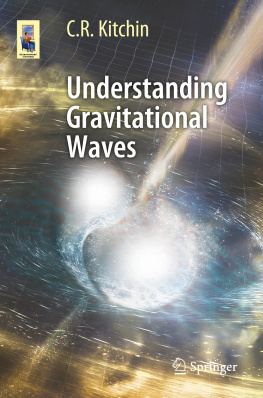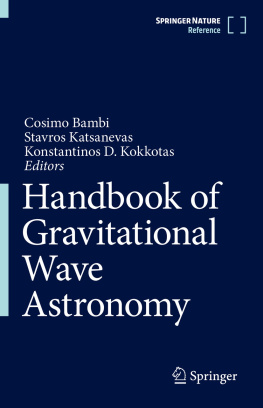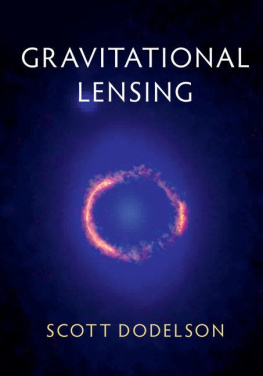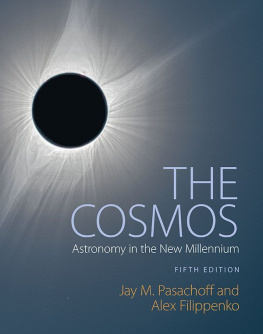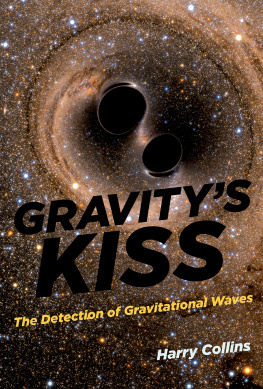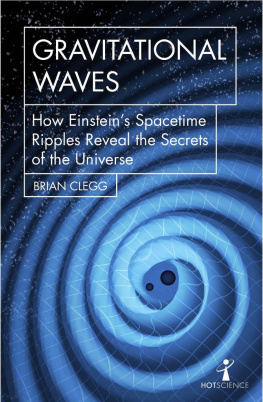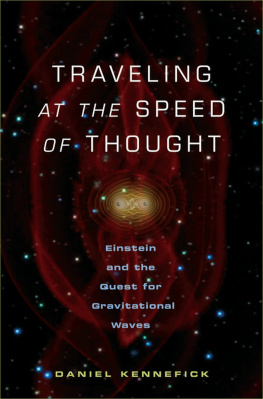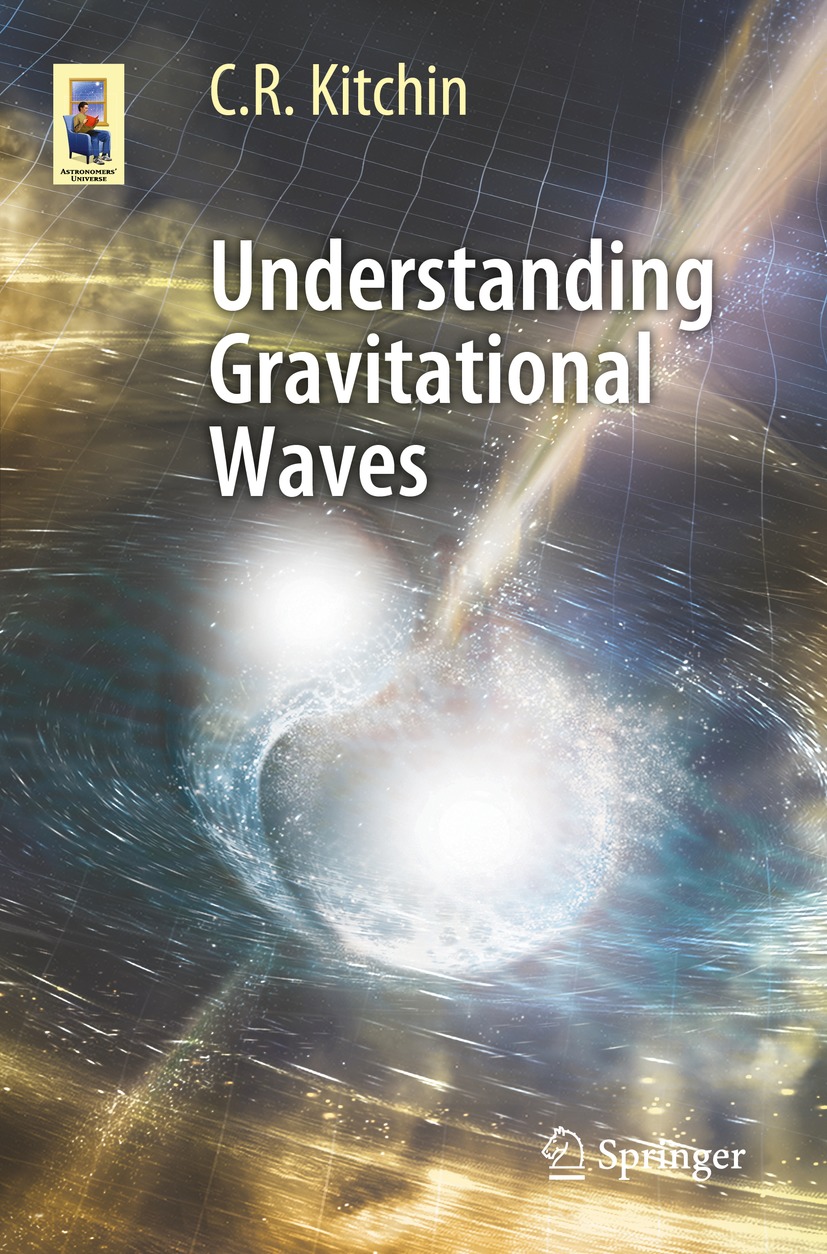C. R. Kitchin - Understanding Gravitational Waves
Here you can read online C. R. Kitchin - Understanding Gravitational Waves full text of the book (entire story) in english for free. Download pdf and epub, get meaning, cover and reviews about this ebook. year: 2021, publisher: Springer, genre: Children. Description of the work, (preface) as well as reviews are available. Best literature library LitArk.com created for fans of good reading and offers a wide selection of genres:
Romance novel
Science fiction
Adventure
Detective
Science
History
Home and family
Prose
Art
Politics
Computer
Non-fiction
Religion
Business
Children
Humor
Choose a favorite category and find really read worthwhile books. Enjoy immersion in the world of imagination, feel the emotions of the characters or learn something new for yourself, make an fascinating discovery.
- Book:Understanding Gravitational Waves
- Author:
- Publisher:Springer
- Genre:
- Year:2021
- Rating:5 / 5
- Favourites:Add to favourites
- Your mark:
Understanding Gravitational Waves: summary, description and annotation
We offer to read an annotation, description, summary or preface (depends on what the author of the book "Understanding Gravitational Waves" wrote himself). If you haven't found the necessary information about the book — write in the comments, we will try to find it.
The birth of a completely new branch of observational astronomy is a rare and exciting occurrence. For a long time, our theories about gravitational wavesproposed by Albert Einstein and others more than a hundred years agocould never be fully proven, since we lacked the proper technology to do it.
That all changed when, on September 14, 2015, instruments at the LIGO Observatory detected gravitational waves for the first time.
This book explores the nature of gravitational waveswhat they are, where they come from, why they are so significant and why nobody could prove they existed before now. Written in plain language and interspersed with additional explanatory tutorials, it will appeal to lay readers, science enthusiasts, physical science students, amateur astronomers and to professional scientists and astronomers.
C. R. Kitchin: author's other books
Who wrote Understanding Gravitational Waves? Find out the surname, the name of the author of the book and a list of all author's works by series.

